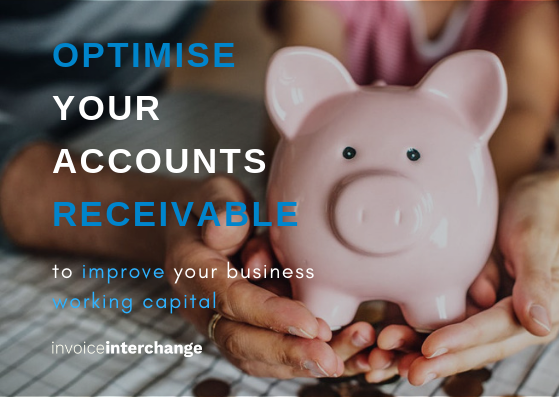
Accounting Tips – How to Optimise Accounts Receivable?
In this articie, we will be exploring how best to optimise accounts receivable by first understand what it is and its importance.
What is Accounts Receivable?
Accounts receivable is the balance of money due to a firm for goods or services delivered or used but not yet paid for by customers. In other words, account receivable are amounts of money owed by customers to another entity for goods or services delivered or used on credit but not yet paid for.
Accounts receivable, known as trade debtors, represent a line of credit extended by a company and normally have terms that require payments due within a relatively short time period, ranging from a few days to a year. It is a measure of a company’s liquidity to cover short-term debts without additional cash flows.
Accounts receivable is recorded as assets on balance sheets since there is legal obligation for debtor to repay the debt. Furthermore, accounts receivables are current assets, meaning the amount would be expected to be received within 1 calendar year.
Why Businesses have Accounts Receivable?
Most companies operate by allowing a portion of their sales to be on credit. The practice allows customers to avoid the hassle of physically making payments as each transaction occurs. One advantage of accounts receivable includes the ability to have more sales, because not all customers can afford to pay in cash. Increased sales will result in increased profits and an improved balance sheet, raising your company’s net worth.
Importance of Accounts Receivable
Accounts receivable is an important factor in a businesses’ working capital. When huge cash flow is tied up in the receivables, it means the company has been too lenient in payment collection; may soon be struggling to find cash to pay its own bills.
When accounts receivable is too low, it may not be a good sign as well. The company could be unwisely harming customer relationships by demanding payments, or not offering competitive payment terms to its customers.
Accounts receivables are best managed on a routine basis. An acceptable level should support a business’ cash flow position – where accounts receivables payments are consistent with company’s sales.
Now we understand the importance of Accounts Receivable, how to optimise it?
How to Optimise Accounts Receivable?
By exploring 5 activities, business can look into ways to optimise accounts receivable which can help you free up cash and strengthen your working capital.
- Implement Effective Credit Management Policy
Do not extend credit limits to poor quality customers just to keep sales moving along. This can backfire in the long run through piled up dues that could default. You can also try shortening the credit term for slow paying customers as this will force them to act a bit more quickly.
- Streamline Collection Process
The accounts should be closely monitored periodically by authorised personnel and accurately reflected in your billing and collection systems to allow for early detection of risky accounts that may go into default. Appropriate intervention can then be made to prevent or solve the issue. This is definitely one of the area that business can help optimise accounts receivable.
- Efficient Billing Process
The key here is to establish an efficient billing process that ensures accurate invoices are sent on a timely basis. You would not want to get involved in litigation that drags for years because of inaccurate billing with the customer.
- Explore Accounts Receivable Finance
Accounts Receivable or invoice financing can help business free up cash or working capital that trap in the balance sheet. It provides business the ability to better forecast cash flow and transform accounts receivable into working capital as and when is needed.
- Offer Choice of Payment Options
It’d be good to offer your customers a few choices of payment methods and discuss what suits them best. Having a more comfortable payment method will bring ease for customers to pay on time.
Related Articles
Related Articles

The Working Capital Challenge: How Long Credit Terms Could Be Holding Your Business Back

Understanding the Impact of Chinese New Year on Cash Flow: A Guide for SMEs
